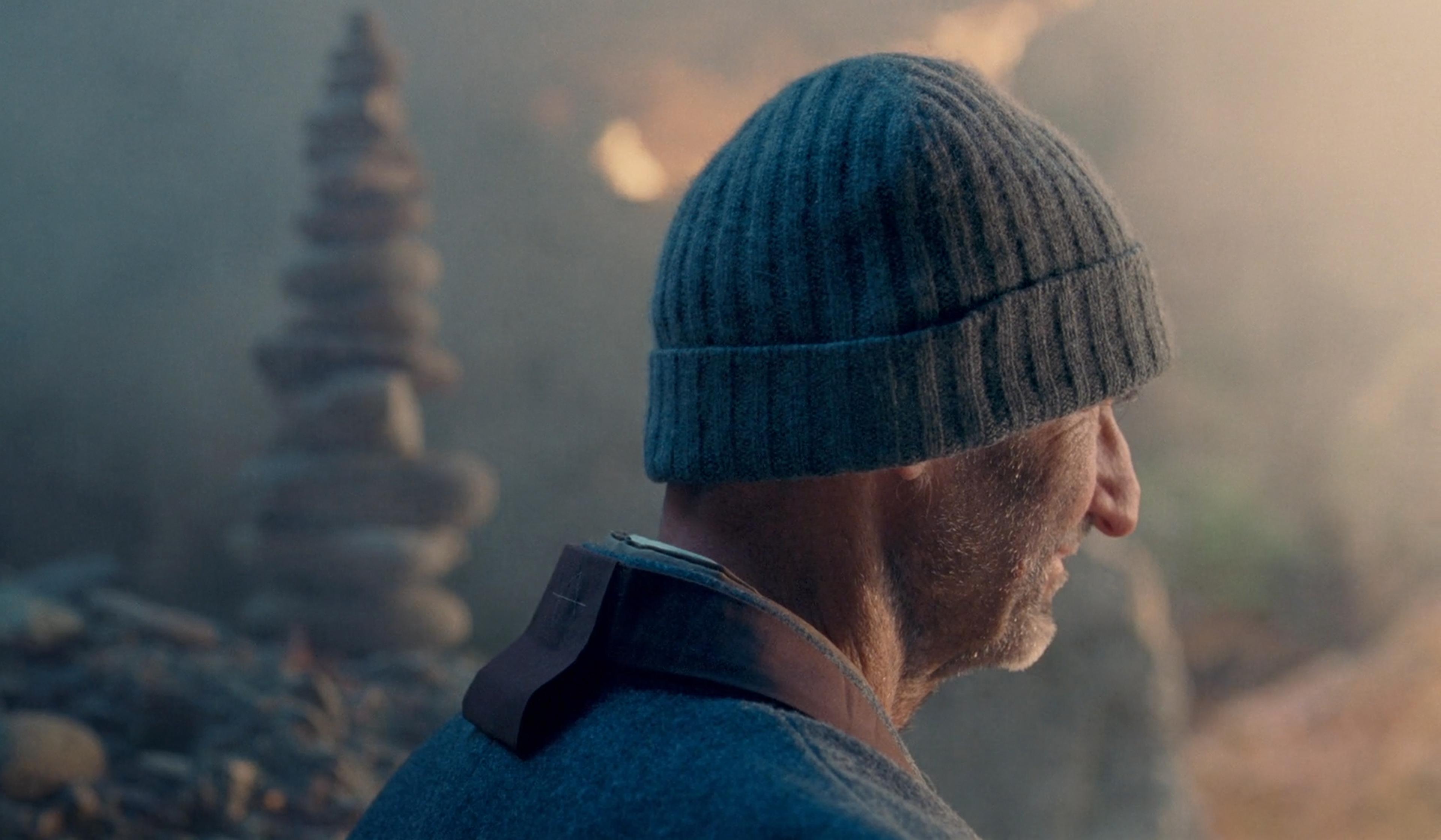How the ‘Island of the Colourblind’ made Oliver Sacks rethink ‘normal’
In 1993, inspired by H G Wells’s short story ‘The Country of the Blind’ (1904), the renowned neurologist and writer Oliver Sacks set out to study life on Pingelap – a small Micronesian island where an estimated tenth of the population has achromatopsia, a rare genetic disorder that leaves people close to or entirely colourblind. The results of Sacks’s investigation, compiled in his book The Island of the Colorblind (1996) and explored in this brief animation featuring audio excerpted from a 1998 radio interview, attests to the brain’s – and societies’ – astonishing ability to adapt to changing circumstances.

video
Consciousness and altered states
What do screens depicting serene natural scenes mean to those living in lock-up?
12 minutes

video
Film and visual culture
Space and time expand, contract and combust in this propulsive animation
5 minutes

video
Consciousness and altered states
‘I want me back’ – after a head injury, Nick struggles with his altered reality
7 minutes

video
Bioethics
What a 1970 experiment reveals about the possibility and perils of ‘head transplants’
6 minutes

video
Neuroscience
This intricate map of a fruit fly brain could signal a revolution in neuroscience
2 minutes

video
Neuroscience
Dog vision is a trendy topic, but what can we really know about how they see?
11 minutes

video
Cities
A lush, whirlwind tribute to the diversity of life in a northern English county
3 minutes

video
Values and beliefs
A Zen Buddhist priest voices the deep matters he usually ponders in silence
5 minutes

video
Film and visual culture
Stop-motion origami unfurls in a playful exploration of how senses overlap
3 minutes